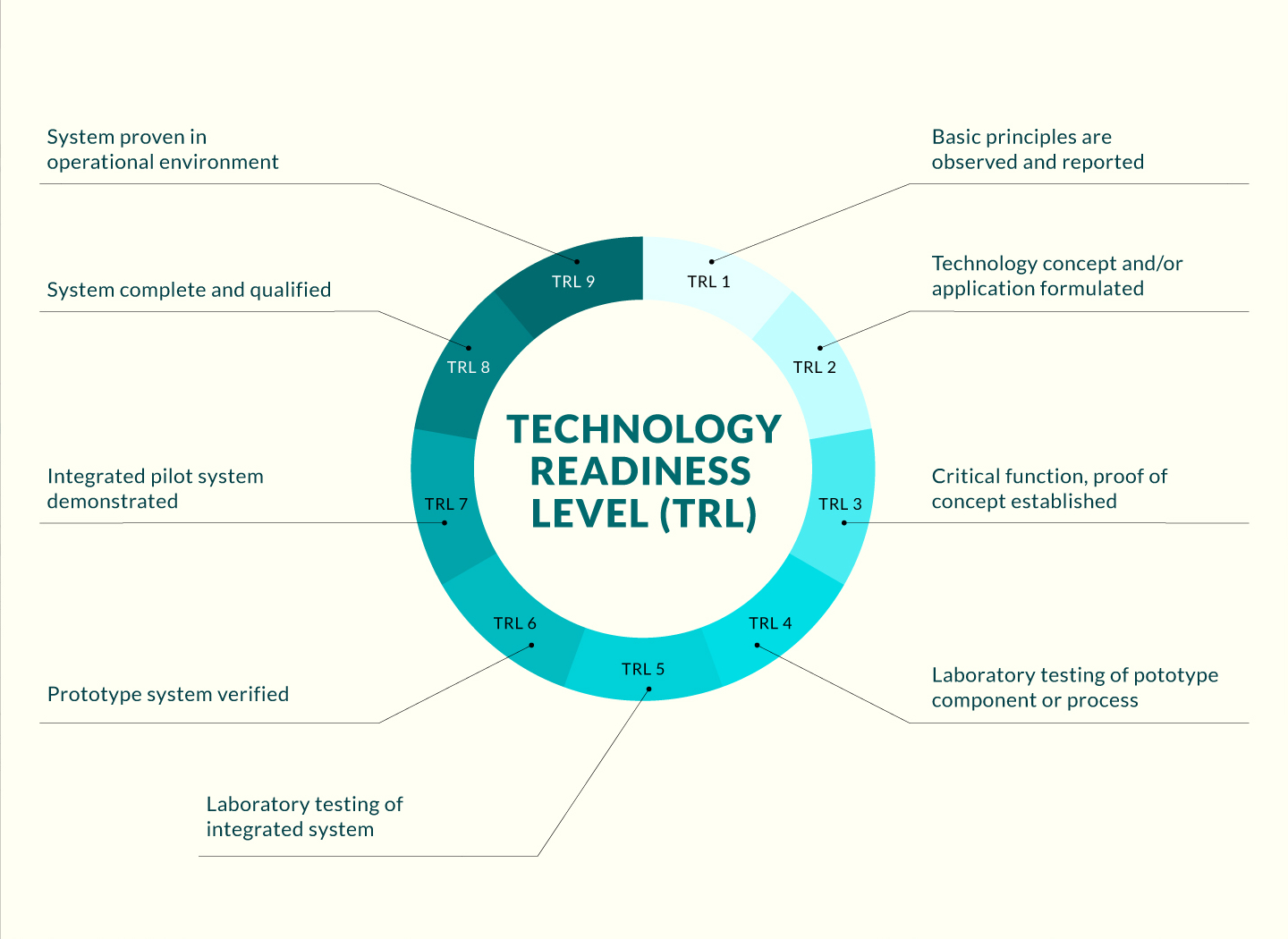
Opportunity
The invention addresses the critical issue of early detection of glioblastoma (GBM), a form of incurable brain cancer, which currently relies on conventional methods such as magnetic resonance imaging and biopsies. These methods often lack the sensitivity required to detect exosomal biomarkers crucial for monitoring tumor progression. Existing diagnostic techniques focus primarily on imaging and do not efficiently capture the metabolic adaptations reflected in exosomes from hypoxic GBM cells. This gap presents an opportunity for the disclosed biosensing device, which utilizes a novel approach to detect exosomal biomarkers, such as MCT4, in blood samples. By implementing a biosensor that identifies these biomarkers, this invention will enable more precise and timely diagnoses of GBM, facilitating better patient management and treatment strategies throughout the disease’s progression.
Technology
The novel technology incorporates a biosensor designed to detect exosomal biomarkers associated with glioblastoma. Exosomes are nanometer-sized extracellular vesicles released by tumor cells, containing critical molecular signatures that reflect the tumor’s status and progression. The biosensor employs localized surface plasmon resonance to enhance the sensitivity of detection. By isolating exosomes from blood samples and analyzing them for specific biomarkers, such as MCT4, this non-invasive method allows for the earlier diagnosis and monitoring of glioblastoma. This approach addresses current limitations in conventional imaging techniques, facilitating a more precise understanding of cancer dynamics and aiding in the development of timely therapeutic interventions.
Advantages
- The biosensor facilitates the detection of exosomal biomarkers through blood samples, reducing the need for more invasive procedures like biopsies.
- The biosensor demonstrates heightened sensitivity in detecting exosomal biomarkers such as MCT4, with limits of detection in the nanogram range, surpassing conventional techniques.
- Enables the earlier detection of glioblastoma and its progression by identifying specific molecular signatures, which is crucial for effective intervention.
- Allows for continuous monitoring of tumor dynamics through the dynamic tracking of exosomal biomarkers, thereby improving patient management.
Applications
- Oncologists and clinicians
- Molecular biology and cancer researchers
- Drug development companies
- Diagnostic laboratories



